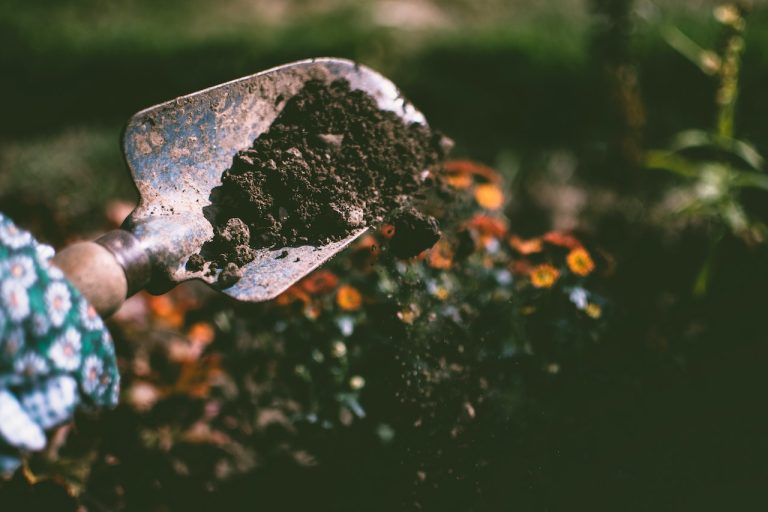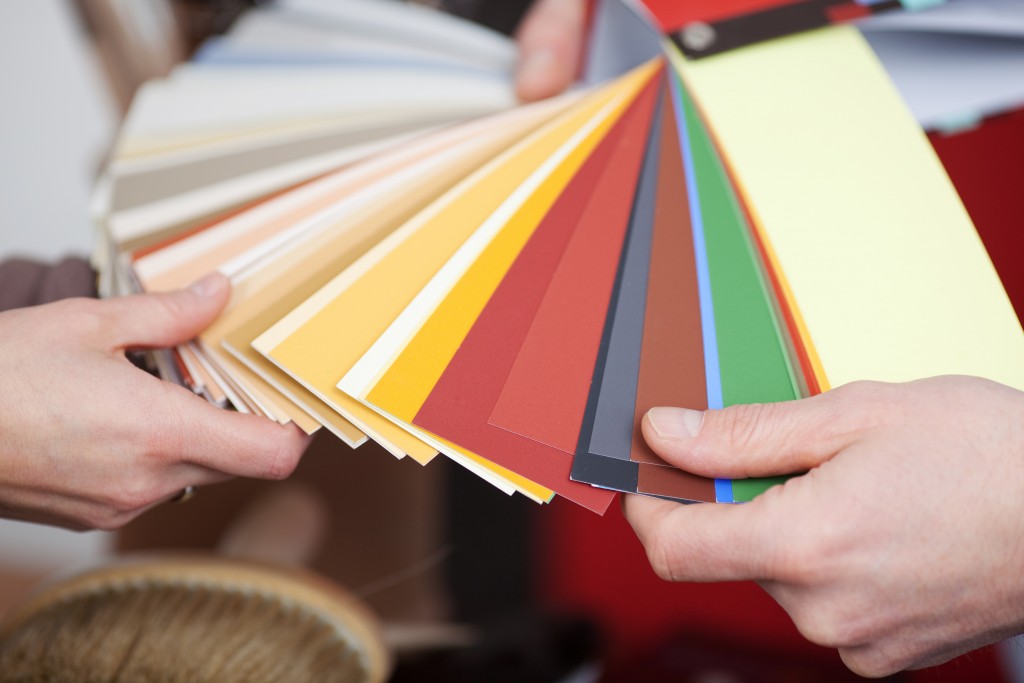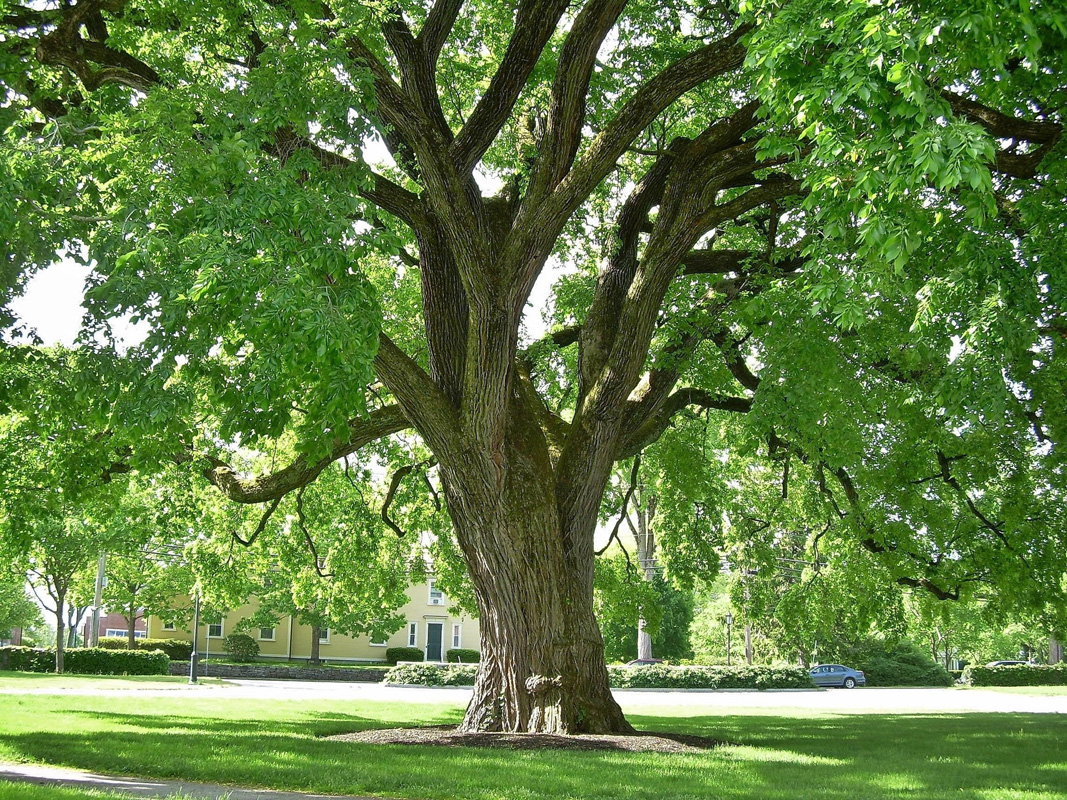How To Clean Gardening Tools
Everyone desires to be outdoors, formulate something from nothing, and watch their hard work come alive. Those with disabilities, illnesses, older people, or even children can find solace in being amongst nature’s wonders during precious time spent gardening, caring for plants, and nourishing them with food grown from one’s own hands is an immeasurable reward.
Gardening is a gratifying activity that has a plethora of advantages. These advantages include the sheer enjoyment and exercise you get out of it. People can also enjoy relaxation and stress relief in the garden. A garden can also provide your family with fresh, healthy food at a reduced cost. With some clever strategizing, any outdoor space can be modified for people with disabilities or young children – making gardening accessible for everyone.
Aside from the plot of land, you also need a good set of garden tools to get the job done.
Garden Tools
Garden tools are a necessary addition to any gardener’s arsenal, with their diverse selection of implements designed for tending and nurturing plants. From pruning shears to shovels and hoes, these gardening supplies are essential in helping ensure that your garden or landscape is as beautiful as possible.
History of Garden Tools
Throughout the ages, mankind has been utilizing agricultural tools to help cultivate and manage their gardens. These implements have aided humans in developing lush landscapes, from the hatchet and axe to a pitchfork or shovel. You can also use a machete, depending on where you live.
From wood, flint, metal, and bone came the earliest tools. Thanks to advancements in metalworking – from copper to steel – you have access to long-lasting instruments like pruning shears, grass shears, and loppers which are highly efficient for cutting.
The usage of innovative alloys is making it possible to craft tools that are both lightweight and robust, providing improved durability and ease of use.
Common Gardening Tools
Gardening can be tedious, but it doesn’t have to be with the right tools. Whether you’re just starting or an experienced green thumb, having the appropriate gardening tools is key. Here are some of the most commonly used implements and their applications. While what you need may depend on your specific garden, these picks are great for anyone pursuing horticulture.
Garden Gloves
Gloves may not be the first thing that comes to mind when you think of tools, but they are an essential item in my tool shed. Not only do gloves shield your hands from dirt, but they also protect against injuries. If managing prickly plants or thorny branches is a regular chore, wearing protective gloves can save you from scratches, scrapes, and splinters!
For people with delicate skin, getting gardening gloves is essential. Unprotected hands can lead to rashes and allergic reactions brought on by touching plants, fertilizers, or other substances while tending the garden. Gardening enthusiasts prone to eczema should always have an excellent pair of gloves close at hand for protection!
Hand Trowel
A hand trowel is necessary if gardening in elevated beds, containers, or your yard. You can dig holes, turn the earth up, and remove stubborn leaves.
Hand trowels make it effortless to relocate dirt into pots, plant bulbs, and seedlings. To ensure you never misplace them, opt for hand tools with vibrant handles that stand out among the soil and greenery in your garden.
Garden Spade
A garden spade is an essential tool for your gardening journey! With its unique square-shaped blade, you can easily dig in tight spaces and plant new plants or bushes without disturbing existing flora. Furthermore, this trusty old friend can help remove pesky weeds with deep root systems that you cannot pull out by hand. If you need to transplant a perennial, look no further than the spade – “cut out” the desired plant from its home soil, then transfer it into a freshly dug hole elsewhere!
Garden Hoe
A garden hoe works wonders during spring when you get ready to sow in the garden. Its blade effortlessly cuts through weeds and other undesired plants growing in your beds while also being adept at spreading compost into smaller areas where it can do its magic.
Selecting the right hoe is essential to ensure that you can tackle any gardening project. Depending on your specific needs, different sizes and shapes of blades are available for creating large beds or delicate flower gardens. To get maximum use out of a single tool, it’s wise to invest in multiple hoes so they can readily adapt to handle various tasks around the garden.
Digging Fork
A digging fork is perfect when you need a tool to turn, loosen and lift dirt. It looks like a pitchfork but has four sturdy tines designed specifically for this purpose. In addition to turning soil and mixing fresh compost into established beds, the digging fork works even better than traditional spades when raking out weeds or breaking up clumps of dirt in existing gardens. So if precision gardening tasks are on your agenda, ensure you have an extra-durable digging fork at hand!
Garden Hose
While a watering container can suffice for small gardens or potted plants, if you have bigger greenery to attend to, then the easiest and most efficient way of doing so is with a garden hose. Rather than sticking with traditional options that are usually quite stiff and cumbersome, you should invest in an expandable hose as it’s lightweight yet durable enough for all your gardening needs.
Pruning Shears
Quality pruning shears are an indispensable tool for gardeners, regardless of how they tend their gardens. These cutting tools make harvesting herbs, fruits, and vegetables a breeze while also being perfect for easily trimming thick stems and branches. The sharp cutting edge of pruning shears becomes especially useful during the hot summer when vegetable stems have grown particularly dense. Conversely, you can use these tools at the end of the gardening season to cut down plants that need to be added to compost piles.
Importance of Cleaning Gardening Tools
Maintaining your garden tools is critical to preserve them from rust and keep your plants flourishing. After each use of the trowel, you must wipe off soil that might have been tainted by unhealthy flora. Similarly, it’s important to sanitize before every usage, to avoid distributing microorganisms or bacteria throughout the gorgeous garden.
Plant diseases caused by bacteria, fungi, and viruses can have fatal consequences. These pathogens can be transferred from one plant to another through soil particles or sticks on a shovel, tree sap left behind on pruning equipment, or remnants of dirt clinging onto garden pots.
Although it’s easy to spot dirt that needs cleaning off your tools and implements, these minuscule organisms may remain present even if they look clean. To avoid potential disease transmission between plants in your garden, thoroughly scrub and disinfect all gardening materials.
When Should You Clean the Tools?
It would help if you cleaned garden tools before the cold winter months. You can give them a thorough scrub. Likewise, once spring is in full bloom and you’re ready to get back into gardening, make sure to use clean garden tools before digging into the garden again. Ensure proper sanitation after working with an infected plant by washing off any items used on it before picking up another one – this also applies if you’ve been using them at other gardens! Clean yours not only for yourself but for those around you as well.
Cleaning Gardening Tools
All gardeners should know how to clean gardening tools. They should keep them free from dirt, grime, aphids, fungus, diseases, and other plant problems will help ensure their longevity as well as the health of your plants.
It may seem like a tedious chore to clean gardening and other tools after every use or at the end of each growing season. It’s fast and uncomplicated once you get into practice. Using clean tools also makes gardening more enjoyable, as you won’t have to worry about introducing diseases into your garden.
A few minutes or an hour can keep your garden tools in top-notch condition when spring rolls around again next year. Here are some maintenance tips for cleaning your garden tools.
Remove the Soil
It would be best to wash away dirt with a powerful garden hose. A hard spray of water from a pressurized sprayer can eliminate dirt from tools and get into tight spaces. You can also scrape off any caked-on debris using a plastic scraper. Removing soil from garden tool handles is also essential. To clean and spray thoroughly, you should consider eliminating parts, such as the tines.
Soak the Tools in Soapy Water
To effectively clean your garden tools, fill a bucket with hot water before adding one-half teaspoon of soap or dishwashing liquid for every gallon to remove any soil that remains on the surface. Let them soak for 15 to 20 minutes in this mixture. Then you can take out your newly revived gardening tools.
Clean Wooden Planters
While natural wood used in planters can repel fungi and bacteria, it still needs cleaning occasionally. It would help if you washed wooden planters with warm, soapy water before letting them dry completely. After you air dry the tools, you can oil or wipe them down with an appropriate wood preservative. You should also do the same thing with tools with wooden handles.
Rinse and Dry the Tools
To ensure your garden tools will remain in top condition, give them a thorough rinse with cool water before drying them off with either a microfiber cloth or an old towel.
Remove Rust with Steel Wool
After drying the tools, you should inspect them to ensure they are rust-free. If you find any surface rust, you should remove them. To do this, you should use steel wool or a stiff wire brush and simultaneously lubricate the surfaces with vegetable oil to prevent rust from forming or spreading on the tool. It will also help dissolve the rust faster – giving your devices a healthy shine.
Remove Sap
After removing rust, you should check for sap and remove it. You must immerse a rag in turpentine and thoroughly clean the garden tool. You should also check the hinges and remove the sap on them.
Disinfect the Tools
Before storing garden tools, you should keep them free from plant pathogens that can cause damage. You can combine one gallon of water with two cups of chlorine bleach when disinfecting tools. Fully submerge the tools for 10 minutes, then rinse them and ensure they are completely dry. This ensures all spots are clean. Store tools away after you dry them to prevent future issues.
Frequently Asked Questions When Cleaning Garden Tools
Here are some frequently asked questions for proper tool care at the end of the garden season.
Which are the best gardening tools for the outdoors?
The best gardening tools for the outdoors include garden gloves, hand trowels, garden spades, garden hoes, digging forks, pruning shears, and hoses.
How often should you clean the garden tools?
You should clean garden tools after every single use. It’s as uncomplicated as rinsing off your digging tools or wiping pruners with a clean cloth. Taking this extra time for quick tasks will keep your utensils in optimal condition and guarantee they’ll be ready to go the next time you need them. You can also consider deep cleaning before keeping garden tools in storage.
What chemicals can you use to clean the gardening tools?
Keeping your gardening tools and surfaces sanitized is an excellent practice to decrease the transmission of pathogens that can harm your garden. You can use several products to disinfect them, including household disinfectants, rubbing alcohol (isopropyl or ethanol), chlorine bleach, pine oil products, and trisodium phosphates (TSPs)
Can you use hydrogen peroxide to sterilize tools for gardening?
Hydrogen peroxide (H202) is a powerful yet non-toxic disinfectant that won’t harm your family, pets, or plants. It’s like water but with two oxygen atoms instead of one, and it biodegrades into just oxygen and water. So, it’s an eco-friendly option for sterilizing gardening tools.
Maintaining and cleaning your gardening tools is essential for keeping them in top condition, protecting your plants from disease, and ensuring you get the most out of each season. With a few simple steps such as removing soil, soaking in soapy water, disinfecting with bleach or hydrogen peroxide, and drying thoroughly before storing away – you can ensure that all of your garden utensils are ready to go when spring rolls around again. So remember to give those trusty old friends some TLC now and then.






